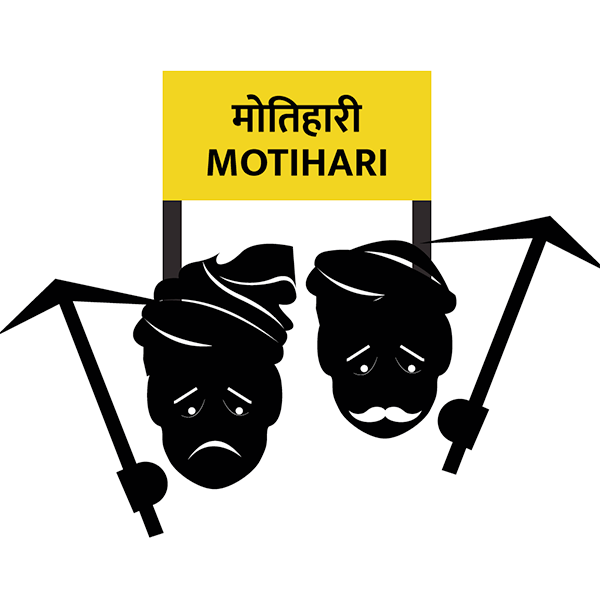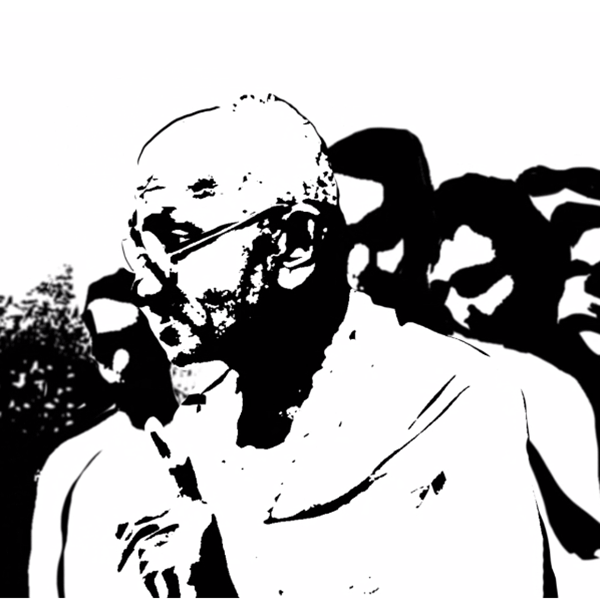The Mind of Gandhi
Gandhi's unique thought process as an instrument for India's Independence Movement
Gandhi's thought process as a solution (Satyagraha/Non-Violence) to political crisis is considered unique and yet universal as it taps into two essential human traits – those of resistance and cooperation - and turning these into instruments of a struggle. Albeit invoking the reverse of what is humanly expected, viz., resistance not leading (rather than) to violence.
As a lawyer and as a determined individual with considerable convincing powers through oratory, Gandhi was able to impress upon the very grassroots that wonders could be achieved merely through remaining non-violent and passively resistant.
Speeches as Graphics
Gandhi's speeches, delivered mostly outdoors, were never recorded. Where recorded, poo rly. This then creates the need to read (as opposed to hearing) and reading often considered a cumbersome or a difficult activity. Our attempt has been to simplify the reading of speeches by disaggregating the content into a set of graphical symbols, much as a way-finding/signage system that leads us through lead us through unknown terrain. Upon joining up the graphical symbols, a speech will appear complete and hopefully incentivize us towards actually reading a speech from its transcript
Speeches as Stories
Speeches retold as narrative/storytelling could make it easier for some to understand as well as remember, and make it effectively accessible to a much wider group of audiences, such as children, those unable to read, those unable to concentrate for being ill, or indeed, those reluctant to read.


